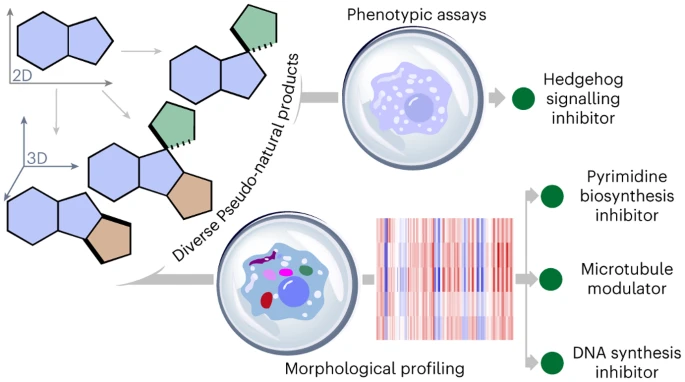🧠 Scientists from the Banaras Hindu University (BHU) in Uttar Pradesh are collaborating across interdisciplinary departments to study the development and evolution of the human brain over the next hundred years. Their research aims to understand how the human brain functions and the potential discoveries that may emerge. The study reveals that the human brain has undergone significant changes in size and capabilities over the past 0.20 million years, transitioning from making rock tools to building satellites.
Facts
- 🔬 Researchers from the neurology department, visual arts department, and archaeology department at BHU are jointly working on studying the human brain’s development.
- 🧠 The size of the human brain has been increasing for the past 1.8 million years, but its growth has halted over the past 0.20 million years.
- 🔍 The anatomy of the human brain has undergone remarkable changes over the past 0.20 million years.
- 🎨 Paintings and drawings made on rocks will be used to gain insights into the human mind.
- 💀 Fossilized human bones found in African countries provide valuable information about the anatomy of the human brain in ancient times.
- 🔬 The research team is utilizing the expertise of the archaeology and visual arts departments to study the human brain’s application and progression throughout history.
The interdisciplinary team at BHU, led by Professor Vijay Nath Mishra of the Neurology Department, is dedicated to understanding the human brain’s development over the past three million years. The research focuses on how the human brain evolved, particularly in the last 0.20 million years. While the size of the human brain continued to increase for 1.8 million years, it has remained relatively unchanged over the past 0.20 million years. By studying paintings and drawings on rocks, the researchers hope to gain insights into the human mind and its ancient capabilities. Since India’s climatic conditions do not favor the preservation of fossilized human bones, the team relies on African countries where such bones can be found. This enables them to investigate the anatomy of the human brain in ancient times and trace its application and progression. The collaboration with the archaeology and visual arts departments enhances the research’s multidisciplinary approach.






